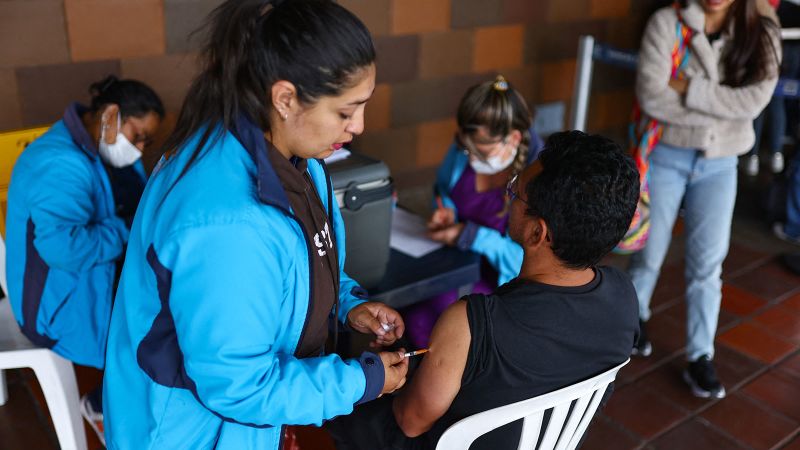Yellow Fever Alarm: Colombia Sounds Health Emergency as Infections Surge

The impact of this disease varies widely among individuals. While some people remain entirely asymptomatic, others may experience a range of uncomfortable symptoms. According to the World Health Organization (WHO), typical signs include fever, muscle aches, headaches, and gastrointestinal distress such as loss of appetite, nausea, and vomiting. Fortunately, for most patients, these symptoms are typically short-lived, resolving within three to four days and providing relief from the illness.
